HIDDEN HISTORY OF SIRINYER: AMERICAN COLLEGE
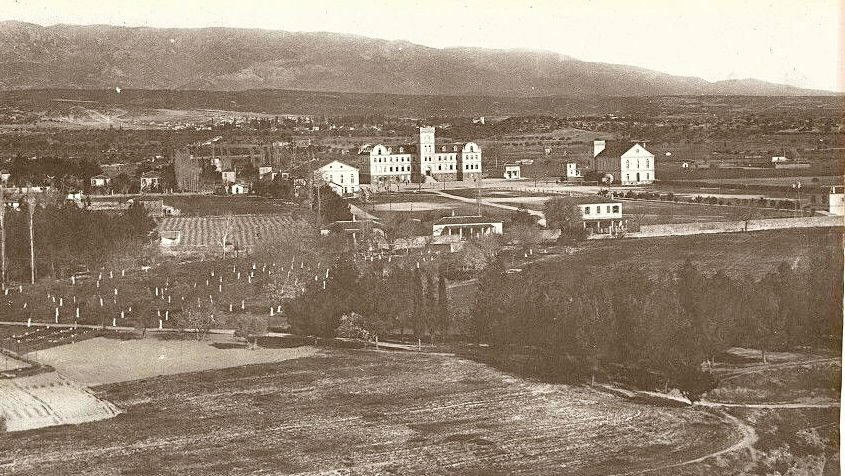
When you go to Buca's Şirinyer district today, you will be greeted by apartment buildings, traffic and disorderly streets. Even people who have been living in Şirinyer for many years will probably not be able to tell you anything other than Şirinyer Station and aqueducts when you ask them about historical places to visit. However, there is a secret history in Şirinyer that even most people living there are unaware of: the old American College as it is popularly known, or the International College as it is officially known...
The paradise of Izmir
Buca Plain has been one of the recreation areas of Izmir residents for centuries. With its fertile soil, abundant water resources, wide-ranging meadows and delightful weather, the people of Izmir used this region for summer resorts. In addition, in various periods of history; It is stated in various sources that Buca Plain embraces the people of Izmir during epidemics, earthquakes and fires.
Şirinyer, or formerly known as Kızılçullu, was a region located in a wetland area to the west of the Buca Plain, extending to the eastern side of the Aya Anna Valley, and had attracted the attention of many travelers for a long time. Due to the heavenly appearance of the region, non-Muslim people called this place "paradise" (Greek: Paradiso, English: Paradise) in their own language. In fact, there was no large settlement here until the 20th century. There were some lands and a small number of residences, mostly belonging to Greeks and to a lesser extent American, European and Turkish families. Two large water sources, called Osmanağa and Vezirağa, emerged from two different regions just east of the Aydın-İzmir Railway and gave life to the city of İzmir through aqueducts and earthen pipes. Apart from this, there was also Kızılçullu station, one of the oldest stations of the Aydın-İzmir railway. People of Izmir would get off at this station and either go for a stroll to the aqueducts or, if they were Orthodox, to visit the tomb of Prophet Elijah. This was all about Kızılçullu! The untouched plain of Kızılçullu remained intact until 1912. Starting from 1912, an important plan would be implemented, the legacy of which continues today.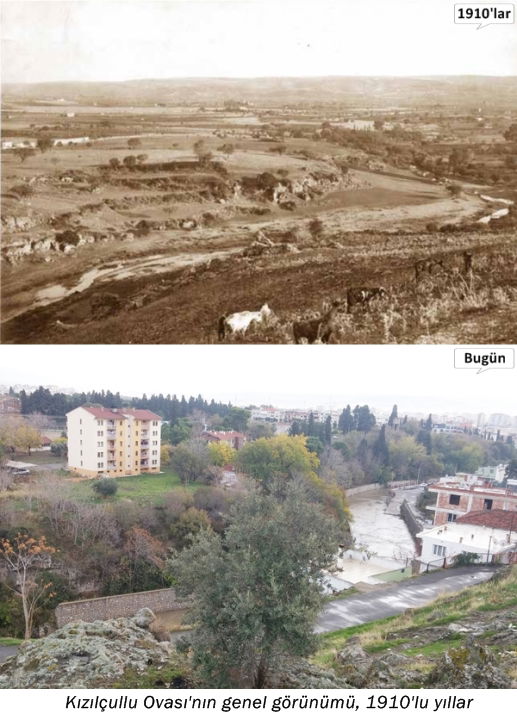
American Missionary School
Founded in 1810 as a Protestant missionary organization in the USA, the American Board began its activities in Izmir, as in many parts of the world, in 1820. Of course, Izmir, with its Christian majority, is a suitable place to carry out its activities. After operating in various fields in Izmir for many years, the American Board opened girls' and boys' schools in Izmir in 1879. In the following years, under the leadership of Alexander Maclachlan, it was realized that there was no institution in Izmir that could provide a good education to Greek students, and by taking advantage of this gap, the American Boys' High School, which formed the basis of the International College, was officially opened in 1891. This school was officially named International College in 1903.
With the quality education it provides, the International College has rapidly increased the number of students in the following years and has reached such a point that the existing buildings have become insufficient for the students. Thereupon, American Board started looking for a new location in Izmir. For this reason, it was finally decided on Kızılçullu. Alexander Maclachlan explains in his memoirs why Kızılçullu was chosen as follows: "One of the reasons why we chose the Paradise area for the campus was that it was an area suitable for agriculture... There was a fertile waterway coming from the spring that formed the northern border of our campus, and it went from the middle of the land towards the valley that formed our western border. Part of it passed through the valley via an ancient Roman aqueduct for more than two thousand years and still met the water needs of Izmir. "We were in a region largely devoted to agriculture, a particularly advantageous area where we could carry out agricultural activities in theory and practice."
International College (1913-1934)
The construction of the campus in Kızılçullu started on May 8, 1912. On October 25, 1913, classes officially started on campus. During this period, students were predominantly Greek and Armenian. There are also students of Turkish, Jewish and European origin. This situation will continue like this until 1922.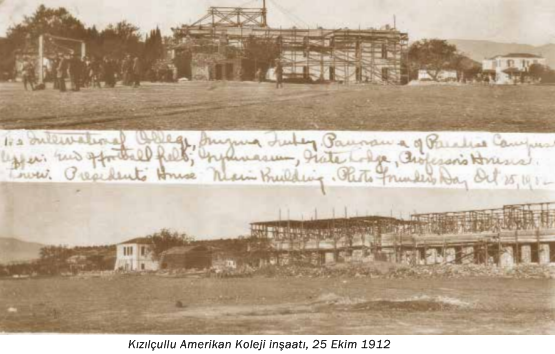

With the outbreak of the First World War, the American College (International College) also faced financial difficulties, but they continued their education despite the difficulties. Some students of the college are drafted into the military and the number of students decreases. The college is even cut off from the outside world for a while. The reason for this is that Izmir was blockaded from the sea by the Allied forces. In addition, since the hippodrome just south of the college was used as an airport and the railway line was located near the college, air attacks took place in the region and bombs fell near the college from time to time, and college employees had a hard time. In addition, food aid was provided to local people who were experiencing food shortages due to the war. Towards the end of the war, prisoners of war were brought here, and by the autumn of 1918, more than 2,000 prisoners of war remained here.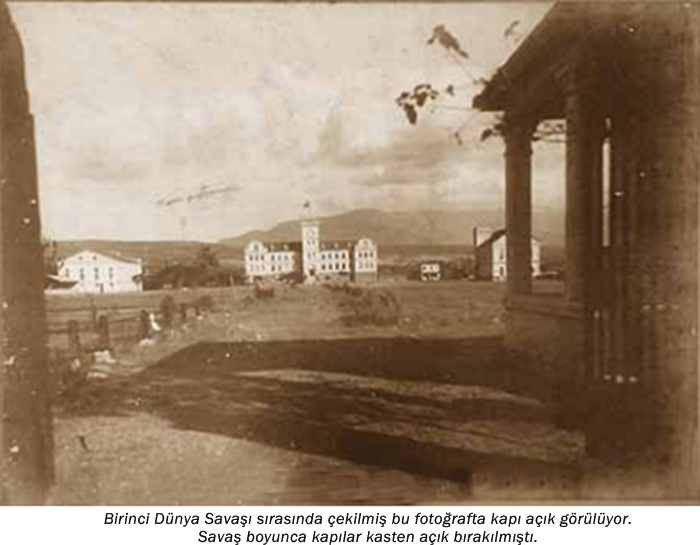
With the Greek Army occupying Izmir in 1919, the college administration was forced to organize the education curriculum according to the wishes of the Greek Administration. Again, in 1921 during the occupation period, the "Boskovic land" to the west of the college was purchased and started to be used as the western farm of the college. The college became of critical importance in September 1922, corresponding to the end of the Turkish War of Independence. On September 10, there was a conflict between Turkish and Greek troops in the west of the college, and on the same days, many Armenians and Greeks took shelter in the college out of fear for their lives.
After the administration in Izmir passed to the Turks again, the college had to adapt its curriculum to the wishes of the new Turkish Government. Classes resumed in January 1923. There are almost no non-Muslim students left in the college anymore. Most of the students are Turks. During this period, it seems that the college did not experience major tension with the Turkish Government and the new government did not cause any major problems for the college. The college's teaching staff has also been largely preserved. However, in the following years, the nationalist atmosphere of the Kemalist government in Turkey began to affect the students in the school. Some conflicts occurred between the school administration and the students, and some students stated that they would leave the school if their demands were not met. In addition, the school was targeted many times in the newspapers of the period and dissatisfaction with the school being under foreign management was expressed. Following all these developments, the school management last met with the administrators in Ankara and upon not receiving a convincing assurance, they decided to end their activities in Turkey in 1934 and moved to Beirut, the capital of Lebanon. They continue their activities in Beirut today.
Kızılçullu Village Institute (1937-1952)
During the college period, modern agriculture was practiced in the college with many new tools brought from abroad. These new methods, which had not been seen in Turkey until that day, and the college's studies on agriculture also inspired the Turkish Government. In January 1937, the college campus was purchased and the idea of opening a practical school with an emphasis on agriculture was implemented. Kızılçullu Village Institute, opened in 1937, was a pioneer to other village institutes. The school continued education until 1952. On February 18, 1952, Türkiye became a member of NATO. It was thought that this campus in Kızılçullu would be a suitable center for NATO. The harshest times were going on between the USA and the USSR, and USSR leader Josef Stalin wanted to annex some regions from the northeast of Turkey. There was no time to waste and quickly, in 1952, the campus was handed over to NATO. Thus, 18 years later, the campus land was transferred to a new organization with the USA at its center.
NATO Headquarters (1952-Present)
In September 1952, all preparations were finalized and the former American College Campus was put into operation by NATO under the name of Allied Land Forces Command Southeastern. Between 1952 and 1954, there were only Turkish, Greek and American soldiers. Later, soldiers from other member countries began to serve here. On June 30, 1978, the management of the headquarters was given to the Turks. In 1999, the new name of the headquarters was Joint Command Southeastern Europe. Thus, not only land, but also air and sailors would be able to serve here. In 2004, it became the NATO Southern European Air Component Command. In 2012, it was transformed back into the Land Forces Command. It continues its activities today.
A hidden history in Şirinyer
Many of the old American College buildings still stand today. However, unfortunately, there is no chance to see them since they remain within the headquarters and there is no freedom of entry and exit. Now let's look at the historical buildings that have survived to the present day:
- Maclachlan Building -
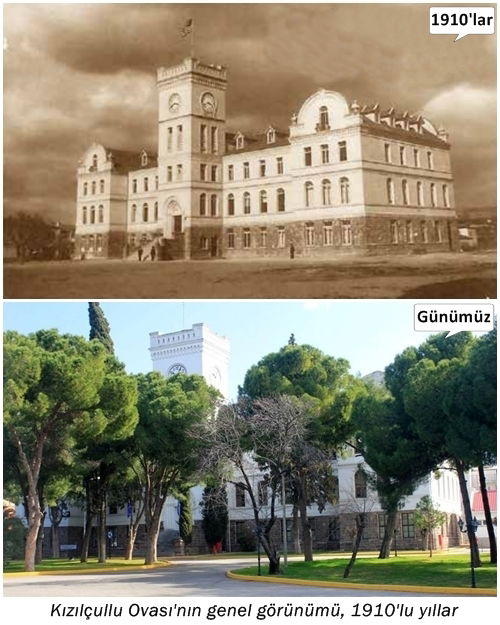
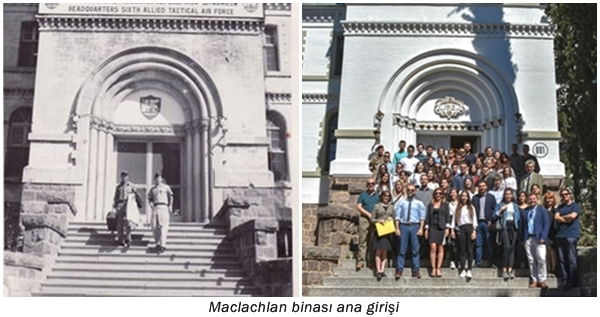
It is the main building of the American College. It takes its name from Alexander Maclachlan, the founder of the American College (International College) and its director between 1891 and 1926. Its construction started in May 1912. It was finished in June 1913. It is located to the east of campus. It is 55 meters long and 21.5 meters wide. There is a clock tower in the middle. The clock and parts were brought from Germany. In the past, administrative offices, a library, a dining hall, some dormitories, a museum and a laboratory were located here. The stone of the building is white Seydiköy stone, as in other historical buildings. The building was heated with steam heating installations, which were very advanced compared to the conditions of that day.
- Gymnasium -

It is slightly northwest of the main building. It has a length of 36.5 meters and a width of 18 meters. It was the largest sports hall in Turkey at the time it was built. Its construction was completed in the summer of 1913. On the ground floor of the building, there was a section consisting of an accumulator, a dynamo room and a technician room, and thanks to this section, all the electricity of the campus was provided. In addition, thanks to the three-horsepower centrifugal pump in the engine room, water was pumped to the water tank on the top floor of the main building and the water accumulated there was distributed to all buildings on campus. Many sports equipment were purchased and steel lockers were brought from America. In addition, the scout room, printing workshop and carpentry shop were also located here.
- Auditorium -

It is located slightly southwest of the main building. It has a length of 30 meters and a width of 15 meters. The construction of the building was completed in December 1913. There were three halls on the first floor with a total capacity of 400-450 people. On the second floor there was a large conference hall for 700-750 people. The building was heated with a steam heating system in the basement. There was one chapel within the building. The college library in the main building was also moved to the first floor of this building in 1929.
- Teacher's Houses -
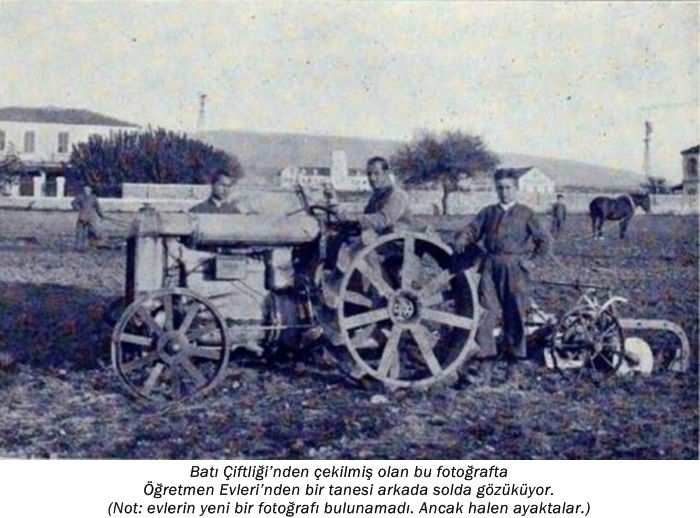
It is located in the west of campus. Its foundations were laid on April 14, 1913. They have two floors. They consist of a total of three buildings and six houses, two adjacent to each other.
- Kenarden Lodge -
It is just north of the main building. It is the home of the president of the American College. It was named after the Kennedy family's summer residence in the USA called "Kenarden", which made great contributions to the construction of the college. The Maclachlan family moved here on May 9, 1913 and resided here until 1926, when they left Turkey.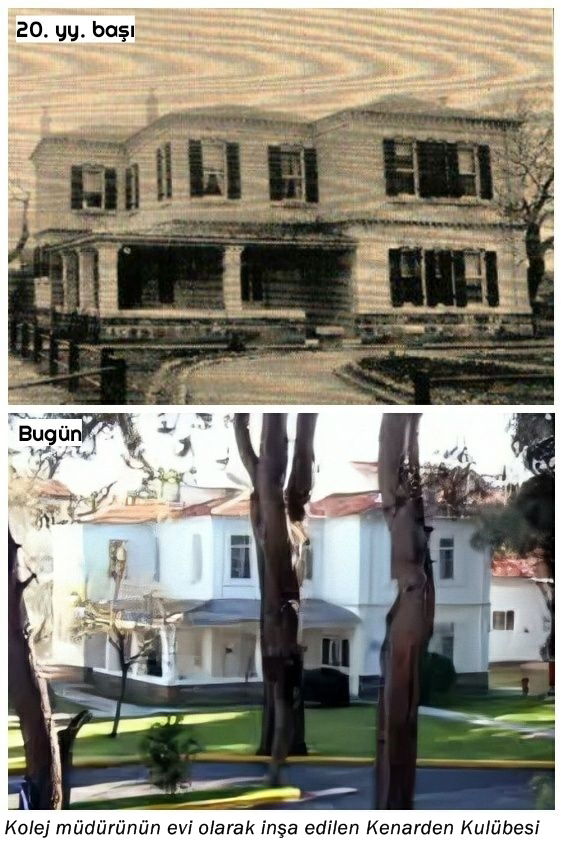
- Schauffler House -
It is located next to the west entrance gate of the campus. It was named in memory of F. A. Schauffler, a New Yorker who made great contributions to the construction of the American College. Some faculty members of the college and their families were staying in this house.
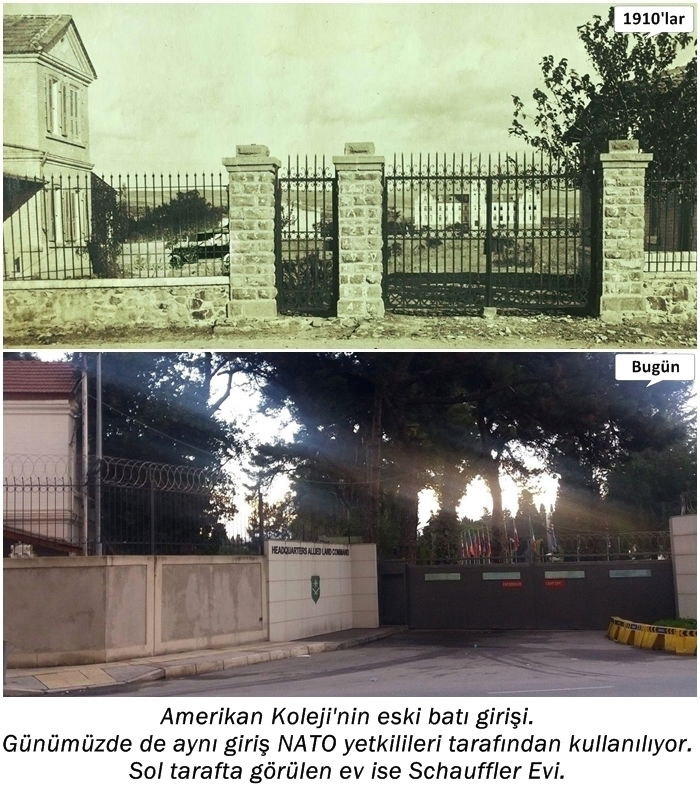
- Infirmary -
It is to the south of the main building. It contained a living room, a kitchen, a nurse's apartment, as well as sections for the recovery of patients and two patient wards with seven beds. Former Izmir Mayor and Minister of Health Behçet Uz also worked here in the early 1930s.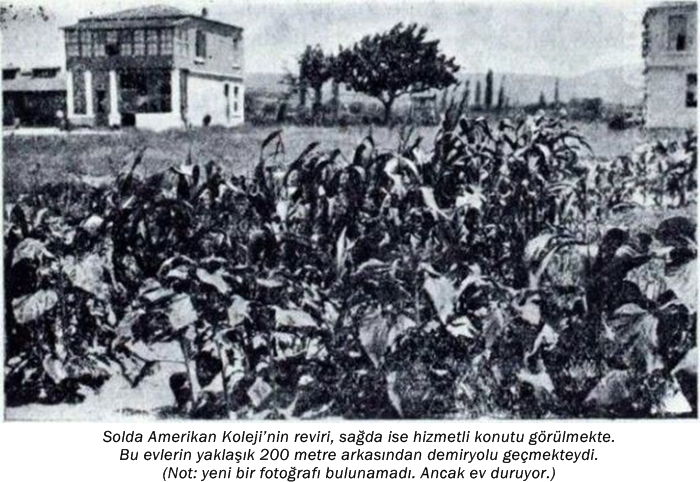
- Observation House -
It is located just south of Schauffler House, next to the west entrance gate of the campus. It was built for the college telescope. It was used by students at school for astronomical observations.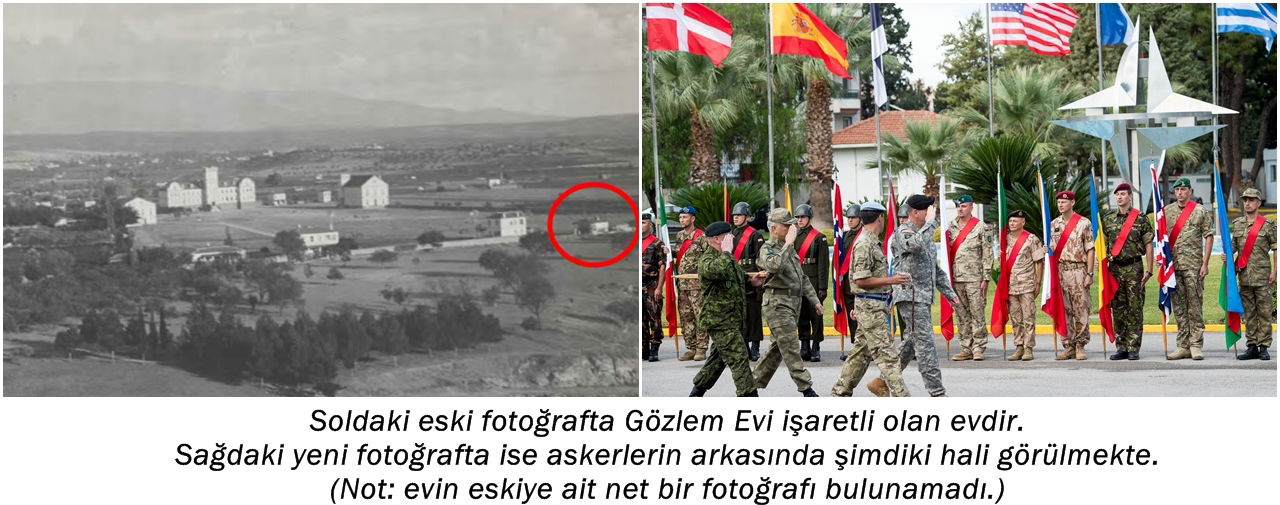
- Laundry -
It is located just northwest of the gym. It is a building built in later periods.
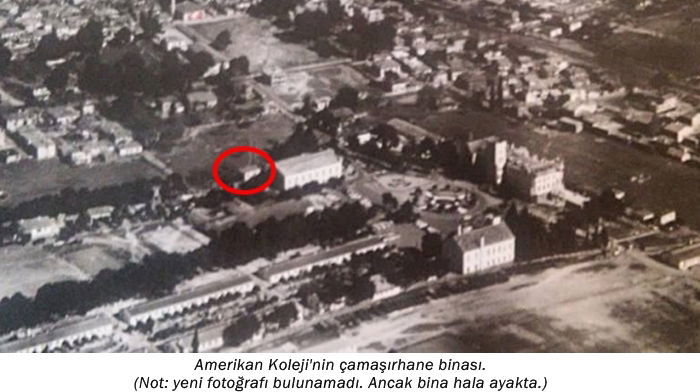
- Servant's Residence -
It is a small building located in the southeast corner of campus.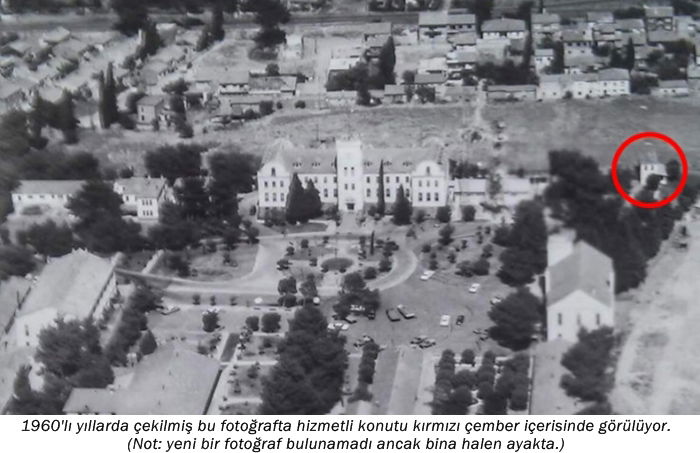
Future of the Region
Since Şirinyer has become a crowded area today, it may be possible for NATO Headquarters to be moved from here in the future. Of course, this is just a guess. Undoubtedly, one of the two places in Buca that is intended to be opened to the public and replaced by a park is Buca Prison and the other is NATO Headquarters. What Buca needs most today is open spaces and greenery. Who knows, maybe one day this area will be turned into a park and the historical buildings in it will be preserved, creating a beautiful recreation area. Maybe one day, the words "Kızılçullu Village Institute Memorial Park" will be hung on the entrance sign of the park. Time will show that. Let's hope that this will be the case and end our article.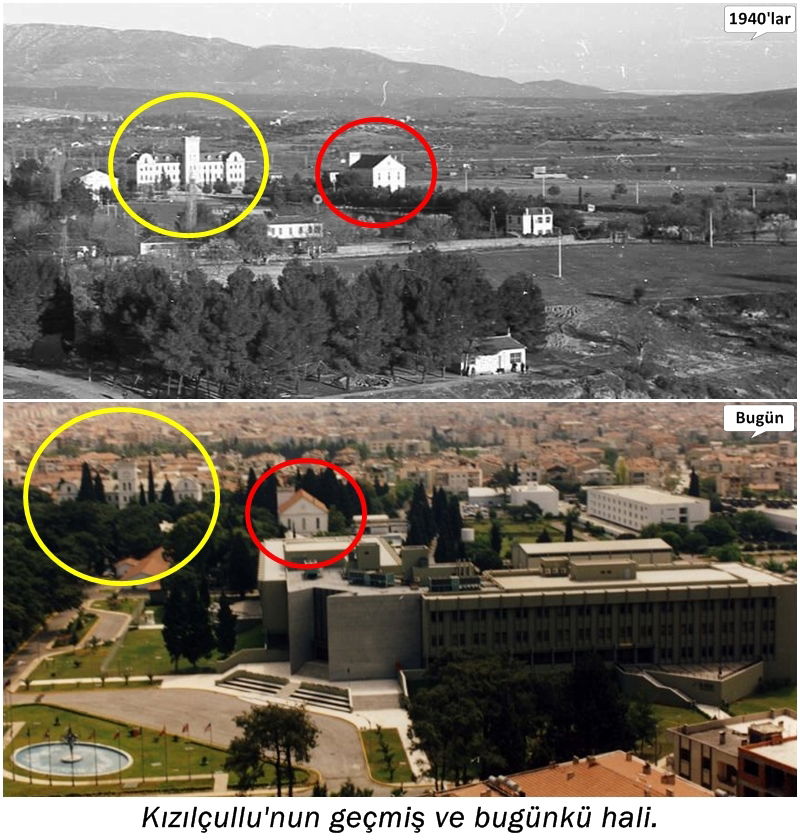
- Additional Maps -
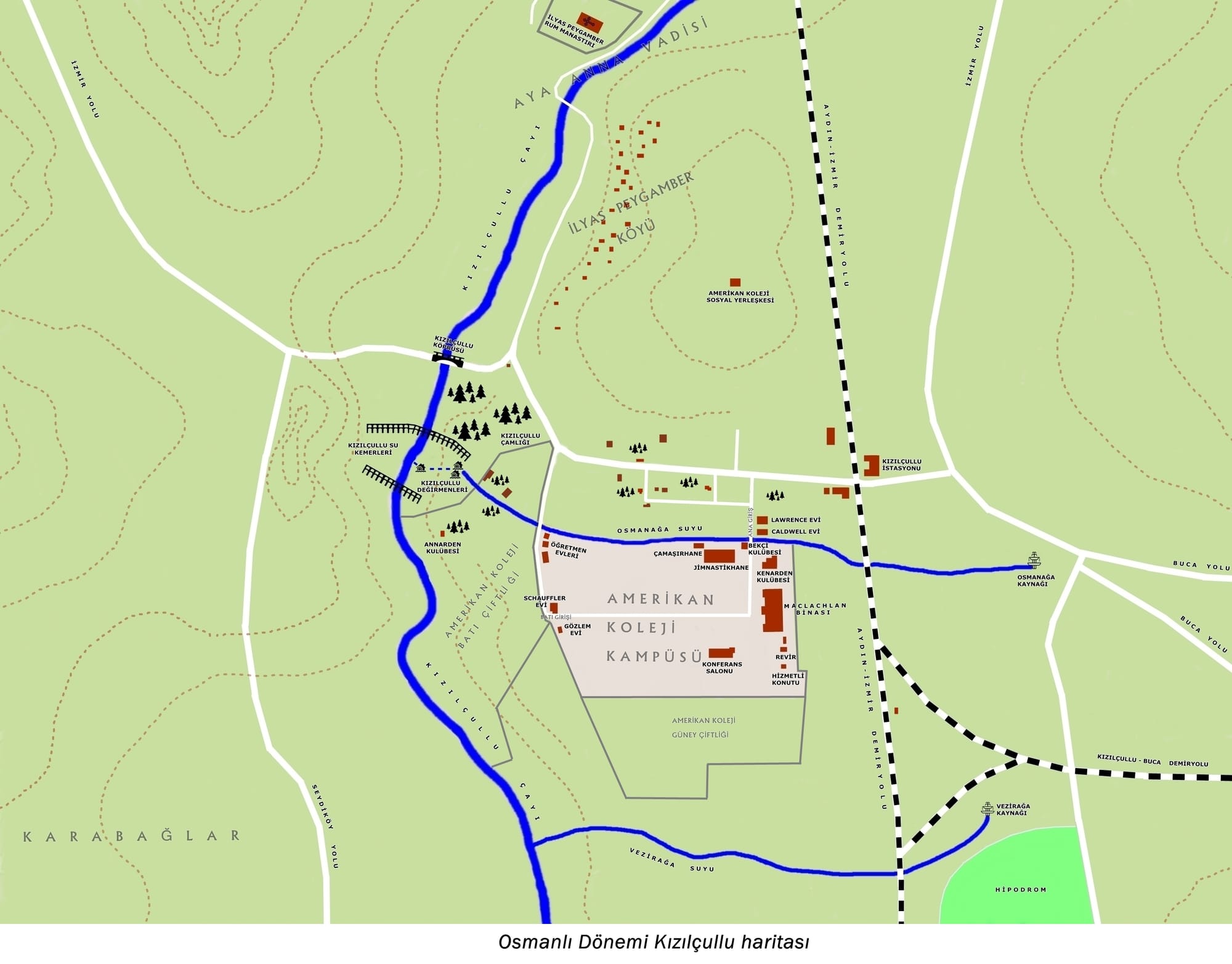
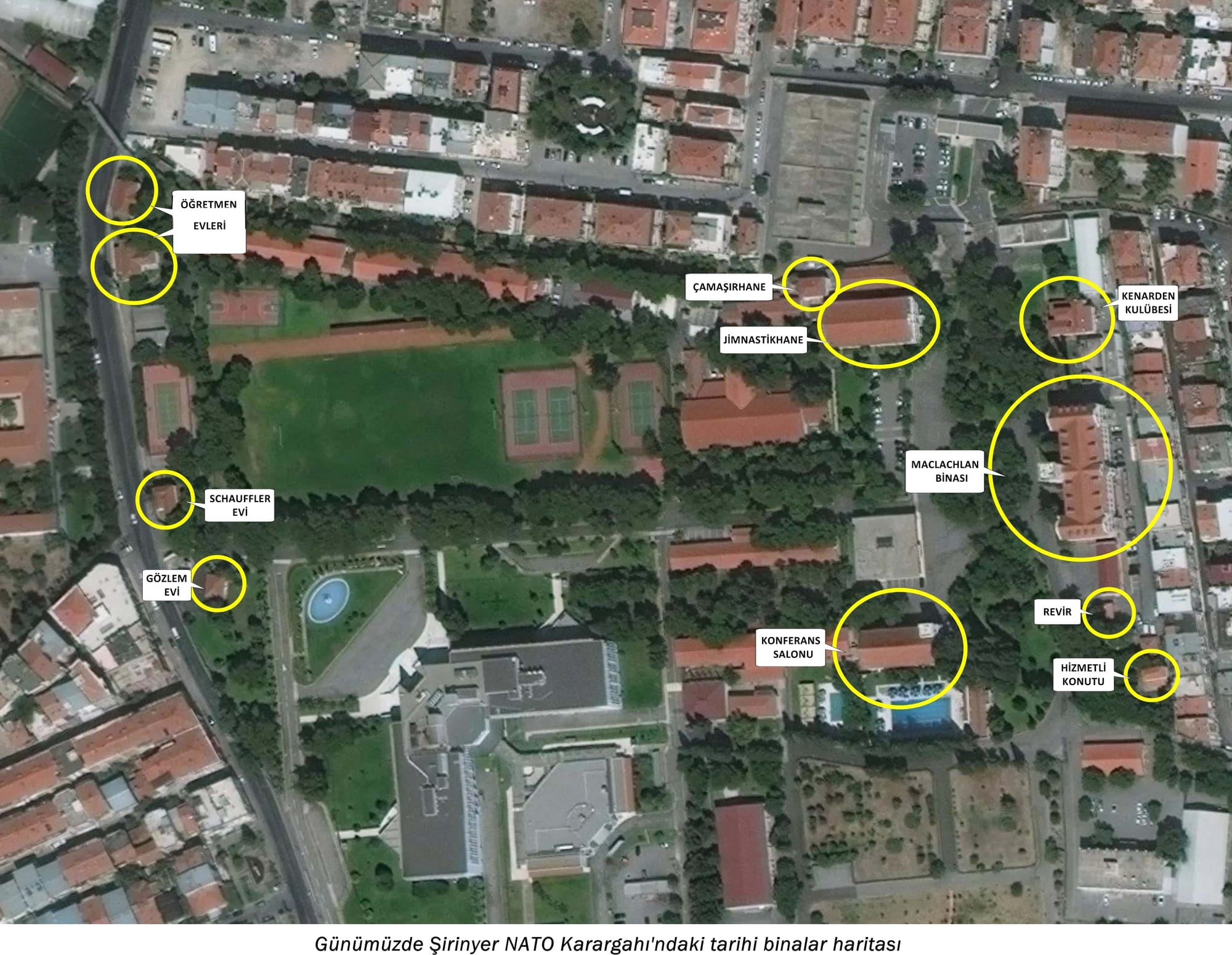
This article was created by atalarimizintopraklari.com. All rights reserved. All or part of this article cannot be used in books, magazines or newspapers without citing the source.
– Sources –
Amerikan Board’un İzmir’deki Faaliyetleri ve İzmir Uluslararası Kolej, Cenk Demir, 2014
A Potpourri of Sidelights and Shadows from Turkey, Alexander Maclachlan, 1938
International College Newsletters, Summer 2012, Part 2
International College Newsletters, Summer 2018, Part 18
International College Catalogue, 1931
A Missionary Among Turks: John Kingsley Birge, 1888-1952 (Life, Missionary Activities and Works)